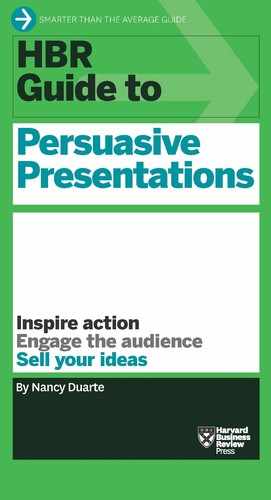Get to Know Your Audience
Segmenting your audience members politically, demographically, psychographically, and so on is a great start, but connecting with people means understanding them on a more personal level. To develop resonant content for them, dig for deeper insights about them. Ask yourself:
- What are they like? Think through a day in their lives. Describe what that looks like so they’ll know you “get” them.
- Why are they here? What do they think they’re going to get out of this presentation? Are they willing participants or mandatory attendees? Highlight what’s in it for them.
- What keeps them up at night? Everyone has a fear, a pain point, a thorn in the side. Let your audience know that you empathize—and that you’re here to help.
- How can you solve their problems? How are you going to make their lives better? Point to benefits you know they’ll care about.
- What do you want them to do? What’s their part in your plan? Make sure there’s a clear action for your audience to take. (See “Build an Effective Call to Action” in the Message section of this guide.)
- How might they resist? What will keep them from adopting your message and carrying out your call to action? Remove any obstacles you can.
- How can you best reach them? How do they prefer to receive information? Do they like the room to be set up a certain way? Do they want materials to review before the presentation? Afterward? What atmosphere or type of media will best help them see your point of view? Give them what they want, how they want it.
When getting ready to present to an audience you’ve never met, do some research online. If you know the names of stakeholders in your audience, look up their bios. If you know only generalities about the audience, find the event on social media feeds and read what’s on the minds of those who’ll be attending. If you’ll be presenting to a company, find recent press mentions, look at how the company positions itself against competitors, read its annual report, and have Google Alerts send new articles about the company to your e-mail.
One time, I was preparing to present to beer executives, and I don’t like beer or know anything about the industry. So I hosted a beer-tasting event at my shop, read their annual report, read recent press, studied key influencers, and looked up each attendee online. During the Q&A, a question came from one of the top executives (I knew he was at the top because I’d looked him up)—and I answered his question with timely examples.
When your audience is familiar—say, a group of your direct reports or colleagues—think through the pressures they are under and find ways to create an empathic connection.
Knowing people—really knowing them—makes it easier to influence them. You engage in a conversation, exchange insights, tell stories. Usually, both you and they change a bit in the process.
People don’t fall asleep during conversations, but they often do during presentations—and that’s because many presentations don’t feel conversational. Knowing your audience well helps you feel warmly toward the people in the room and take on a more conversational tone. Speak sincerely to your audience, and people will want to listen to your message and root for and contribute to the success of your idea.
